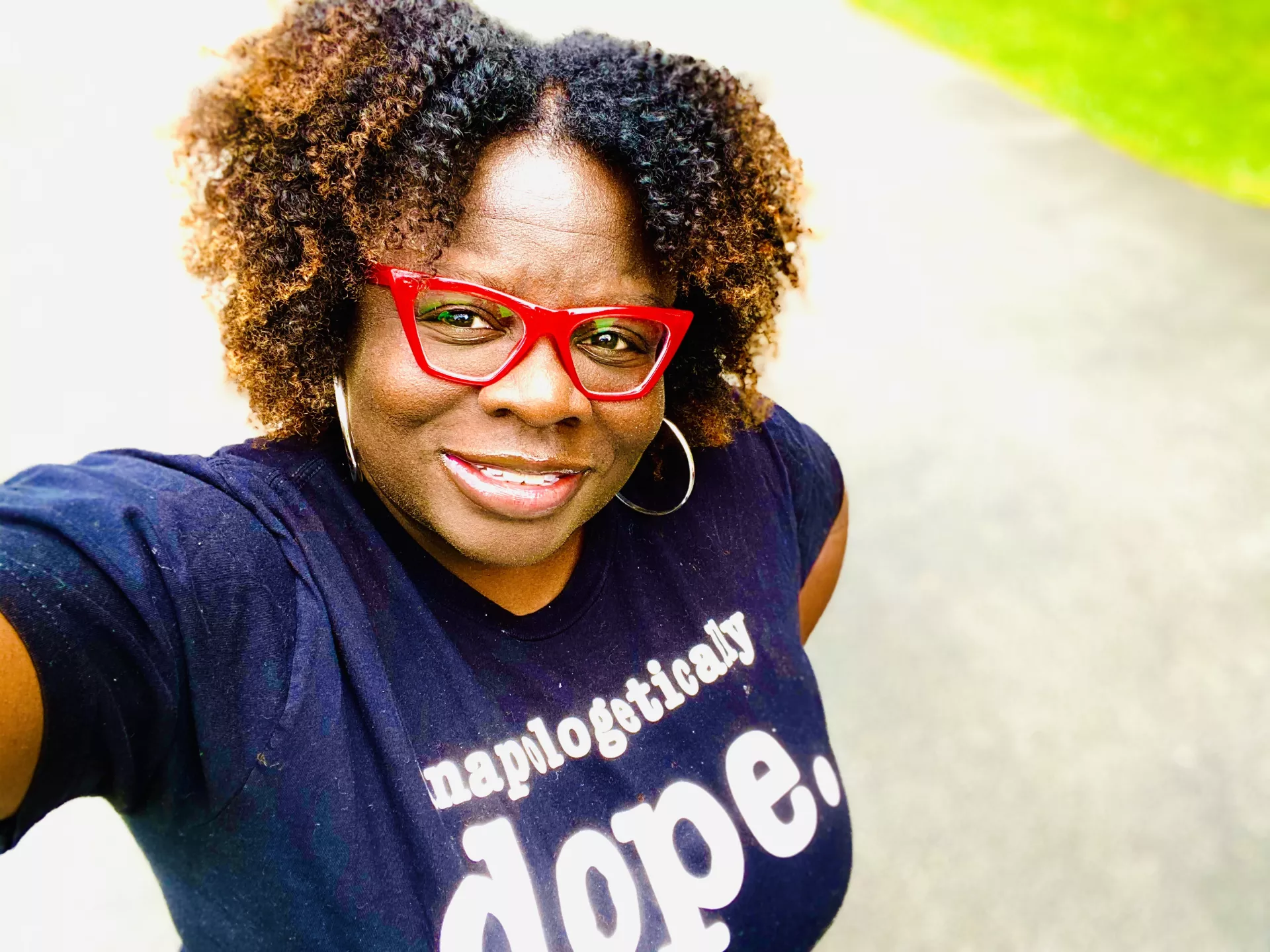I had three different job offers before I decided to take a position with Montclair Public Schools as an English teacher. It wasn’t the highest paying district, but it was a diverse and creative district. It was a district that was actually talking about building relationships with students and being creative in how to recognize that everyone learns differently. Teachers were given such leeway to create. Assessments looked different. There was no teaching to the test. It was an award-winning district at that time because of those practices. I thought this is where I belong and happily accepted a position here—and then we got a new superintendent.
Things started to change. The district began to chip away at all of the things that made the Montclair schools great. We had programming to help create equitable circumstances for students of color. They got rid of it. We had Writers Room programs that connected students with writing coaches. They got rid of those. They started cutting off jobs at the bottom and creating new positions at the top. We weren't really sure who the new district hires were or what it was they were hired to do. Suddenly, there was a big push to teach to the test. Educators were given this concept of standard assessments and standard lesson plans. It felt like all the creativity was being sucked out of the buildings. District morale was terrible and distrust started to build.
I was ready to leave the profession. I went to my then local president, Gayl Shepard, and told her, ‘I really appreciate everything you’ve done, but I'm leaving. Although I loved being at Montclair at first, this is no longer the job for me.’
She looked at me and said, ‘No, you’re not leaving. It’s not your time to leave. If it were, you would have left already.’ She then invited me to a council meeting.
I was expecting this meeting to be more of a sit and get, with no action. But it was more of a call to action, with next steps. It was transparent in terms of what was going on at the district and we were able to build plans. I thought to myself, ‘this is not what I thought I was walking into, but this is what I like.’ I became a more active member, and I went on to become vice president of my local and eventually president.
When I became president, we were dealing with three problems. First, the district had taken away our maternity leave, which at the time wasn’t written into our contract – and the leadership took advantage of that. That was on us, the union. Second, there was a supervisor who targeted our Latinx community, particularly our buildings and grounds members. He would use inappropriate language and racial slurs toward them, and he threatened their jobs. And third, we were working without a contract.
I’ve had my share of NEA trainings, and one the things I learned was how to organize for advocacy from the ground up. We literally spent an entire school year sorting out the details for each of our grievances, and we built a foundation school building by school building. By the time we had our general membership meeting, we had a large showing. Once I outlined all of our grievances, our members were just so ready to fight.
At the next board meeting, we had the biggest turn out in the history of our organization. With around 400 people every seat was filled, and we even lined the walls. What was also great: about two dozen members, who had never spoken at a board meeting before, got up and advocated on behalf of all of these different challenges. Following the board meeting, we received our maternity leave, the supervisor who was discriminating our Latinx members was removed from the district, and soon after our contract was settled.
I think back on how I wanted to leave the profession, to just throw my hands up and walk away because the district was so toxic. But that’s actually the time to stay, to stand strong and fight back.
This is the time when we become a strong union. These experiences are some of the better things that ever happened to us. Everything the district did in an attempt to weaken our union caused us to hold on tighter to each other.

